China’s economy is paying the price of the communist regime’s “zero-COVID” policy that has placed tens of millions of people across the country under lockdown, with retail sales and factory production sliding to their worst level since the onset of the pandemic.
The National Bureau of Statistics on May 16 released April’s economic data, which showed declines even steeper than economists had expected.
Retail sales, which had already entered into contractions last month, plunged 11.1 percent from a year earlier, the biggest contraction since March 2020, worse than the 6.1 percent drop forecast by Reuters.
Factory production fell 2.9 percent from a year earlier, the largest decline since February 2020 and a reversal of a 5 percent gain in March.
Meanwhile, the unemployment rate rose to a two-year high of 6.1 percent.
“In April, the epidemic had a relatively big impact on the economic operation,” Fu Linghui, a spokesperson at China’s statistics bureau, told Monday’s press conference. Fu added the impact was “temporary.”
But analysts and investors are not so optimistic. Economists said the current downturn is harder to shake off than the one seen at the beginning of the pandemic, in early 2020, with exports unlikely to swing higher and policymakers limited in their stimulus options.
Distant Goal
Property sales by value in April were down 46.6 percent from a year earlier, the fastest rate in 16 years, according to Reuters calculations based on official data released on Monday. The property market, an engine of the country’s economy, has seen a severe slump since last year after Beijing tightened property developers’ excessive borrowing.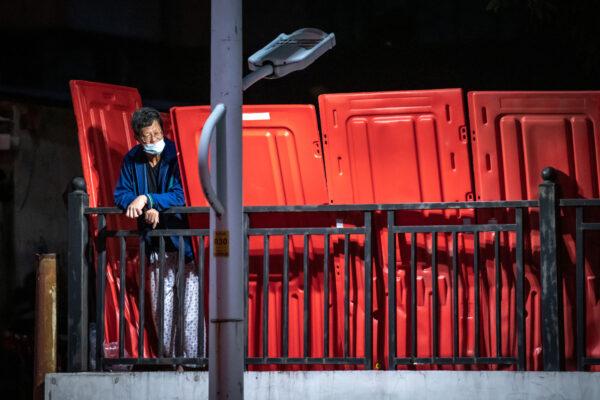
The Chinese regime set its 2022 official economic growth target to 5.5 percent, the lowest level in nearly three decades.
Citigroup on Monday further revised down its forecast for the second quarter to 1.7 percent, and the full-year forecast was cut to 4.2 percent from 5.1 percent.
While authorities are expected to roll out stimulus measures to support the economy, analysts say the effects are uncertain as the Chinese regime holds tight to its zero-COVID policy. The draconian approach is aimed at eliminating any infection among communities by mass testing and quarantining everyone at risk, leaving dozens of Chinese cities repeatedly experiencing lockdowns and reopening.
“The data paint a picture of a stalling economy and one in need of more aggressive stimulus and a rapid easing of COVID restrictions, neither of which are likely to be forthcoming anytime soon,” said Mitul Kotecha, an analyst at TD Securities.
Also on Monday, Shanghai officials provided a timetable for lifting the lockdown that has lasted for over seven weeks, saying they planned to reopen from the start of June. Residents, however, remain skeptical after officials have repeatedly dashed their hopes for an end to the ordeal. The initial lockdown plan was expected to last only eight days when it was introduced in late March.
Even if the financial hub were to fully reopen, analysts at ANZ said the impact of Shanghai’s lockdown is far-reaching.
“With total factory productivity yet to catch up, China’s growth will likely stay at the low end of the 4.0-5.0 percent range in the next few years,” ANZ said.
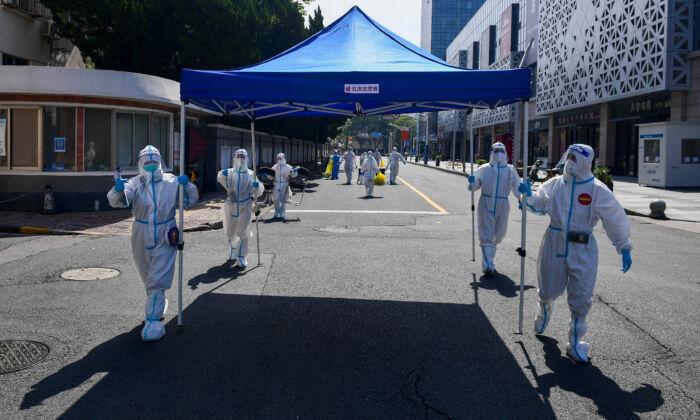
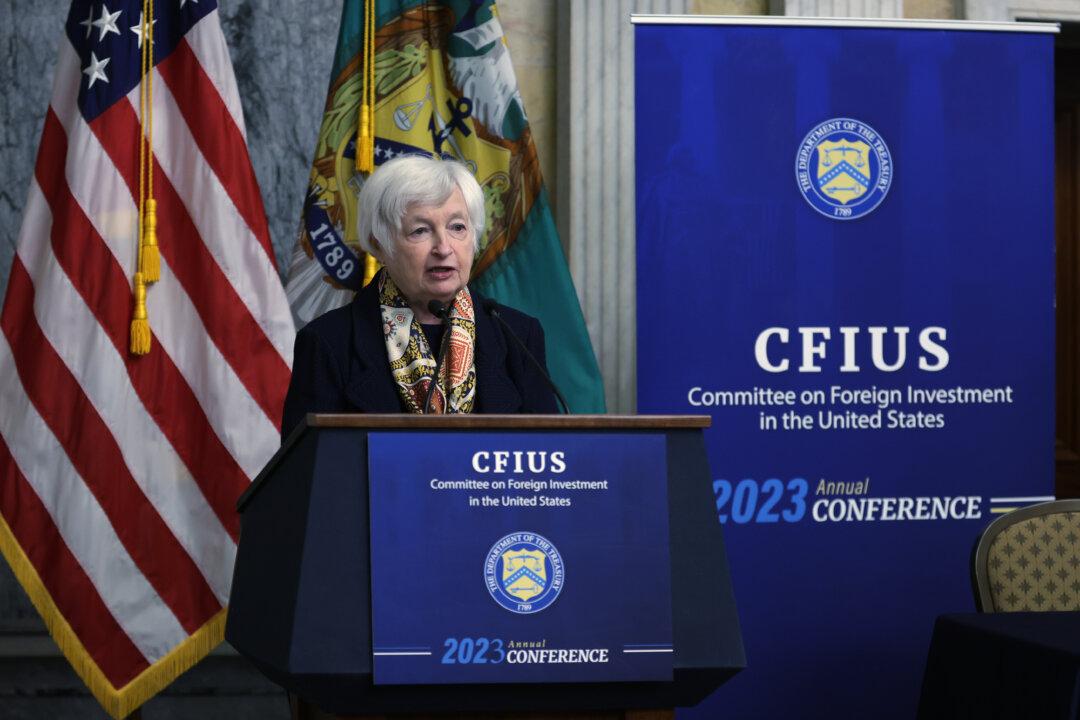
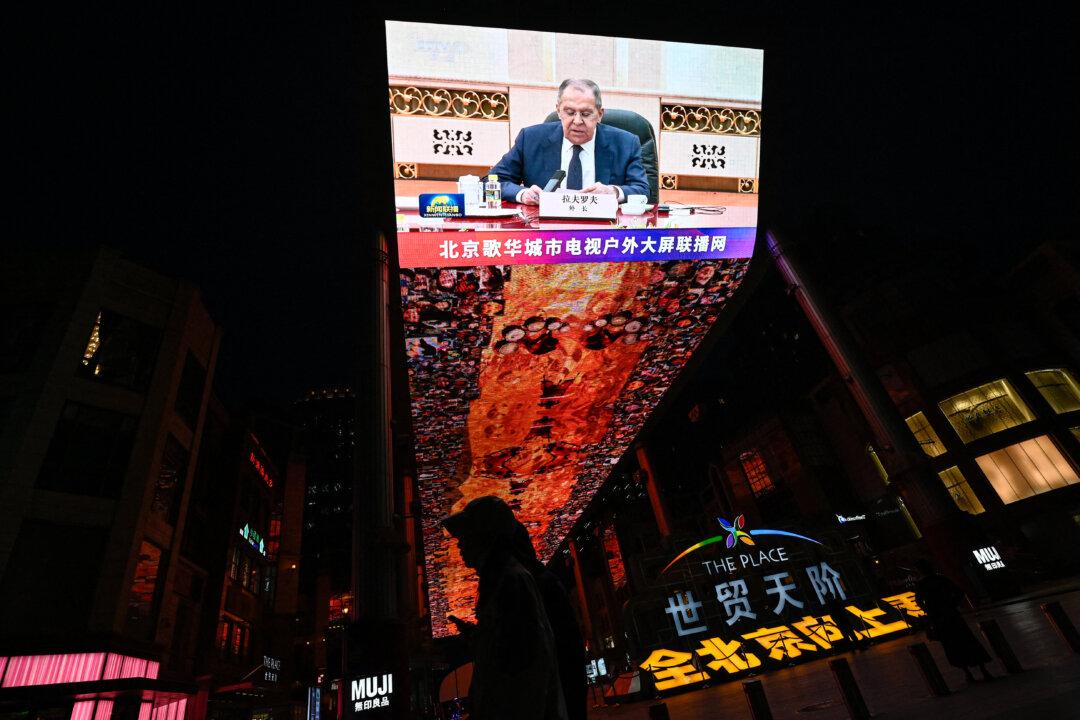
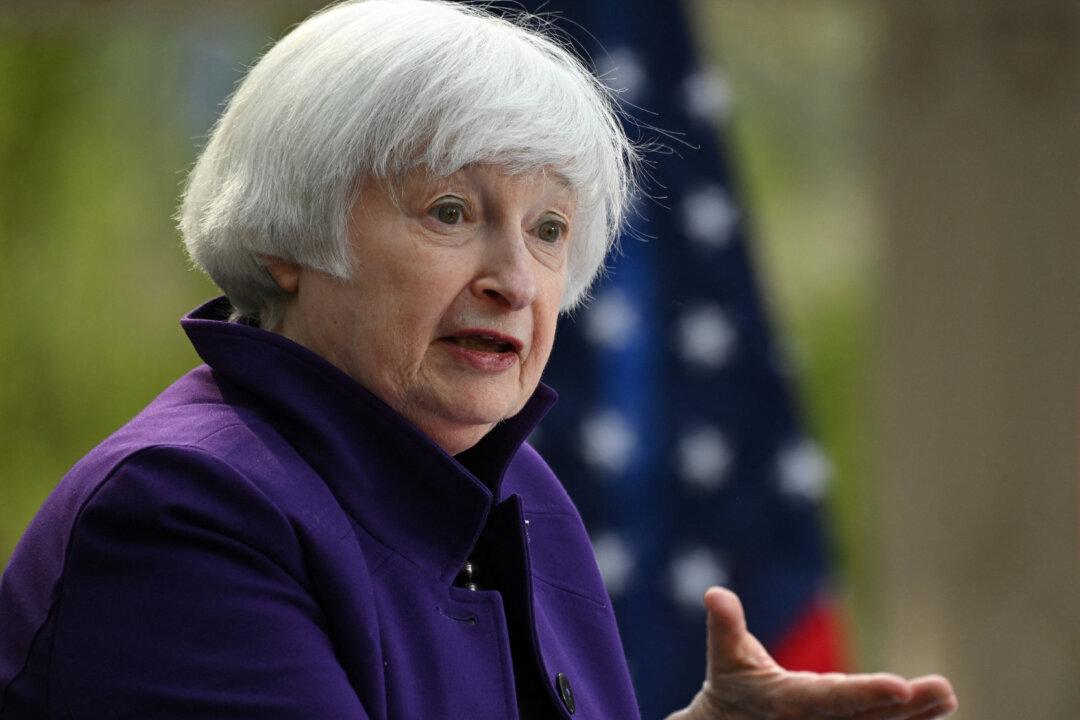
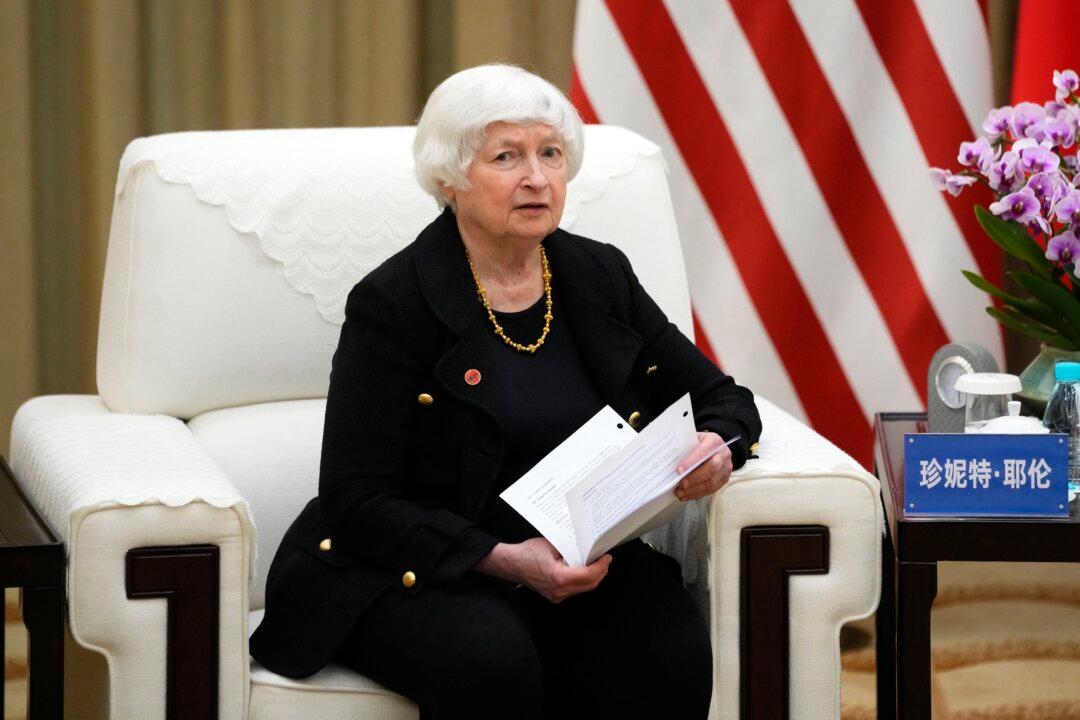
Friends Read Free